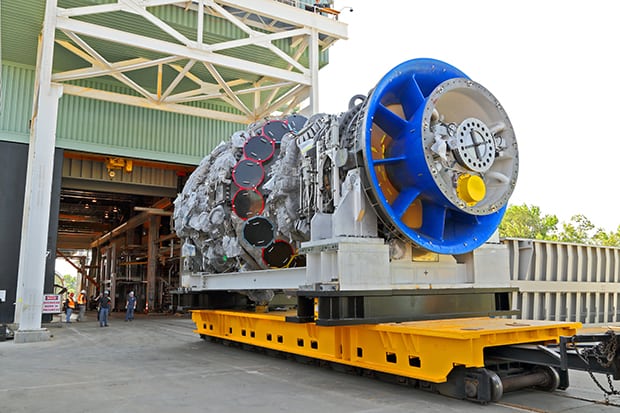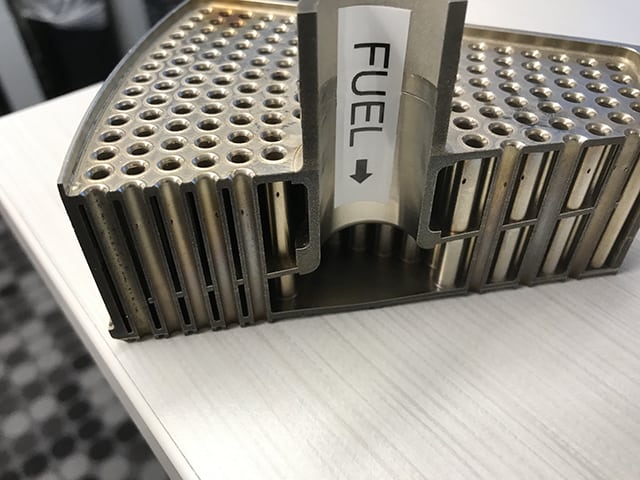Market-Challenged, GE Continues to Improve Gas Turbine Efficiency
GE Power said its 9HA.02 gas turbine reached a new milestone by exceeding 64% efficiency in combined cycle power plants. The company attributes at least part of the achievement to advances in additive manufacturing (3-D printing).
“The HA is our most advanced gas turbine technology, and we’ve never stopped pushing the boundaries of what it can do,” Joe Mastrangelo, president and CEO of GE’s Gas Power Systems, said in a press release announcing the accomplishment.
Efficiency Improvements Offer Hope for the Future
It was only 18 months ago that the EDF Bouchain facility—the first 9HA gas turbine to enter commercial operation—received recognition from Guinness World Records as the most-efficient combined cycle power plant in the world with a third-party verified net efficiency of 62.22%. (The unit was also recognized as a POWER Top Plant award winner in 2017.) The latest improvement, announced on December 4, is worth millions in fuel cost savings for customers, according to GE Power’s estimates.
GE said its engineers developed additively manufactured components for the 9HA’s combustion system using metal 3-D printing to unlock new geometries for better premixing of fuel and air, leading to greater efficiency. The new combustion system has already been successfully tested at full-load and full-speed at GE’s test stand in Greenville, South Carolina (Figure 1).
 |
| 1. GE Power’s 9HA gas turbine is shown here at the company’s validation test stand in South Carolina. Courtesy: GE Power |
Guy DeLeonardo, leader of gas turbine products for Gas Power Systems, provided POWER with an exclusive explanation of how the new nozzle design works.
As a result of the pioneering breakthroughs (Figure 2), the 9HA.02 can now be quoted at 64.0% net efficiency in specified conditions with total output of 826 MW in 1 x 1 combined cycle configuration. Customers will be able to order HA-based combined cycle power plants quoted at greater than 64% in 2018, compared to the previously quoted limit of 63.7% efficiency for 2017 orders. Additionally, GE Power said it remains on track to achieve 65% efficiency by the early 2020s.
Market Conditions Force Changes
Yet, poor performance following its acquisition of Alstom and challenges in the power market have been tough on the company. GE Power announced on December 7 that it would reduce its global headcount by 12,000 positions. It cited a significant decrease in the volume of products and services it provides, “driven by overcapacity, lower utilization, fewer outages, an increase in steam plant retirements, and overall growth in renewables.”
“This decision was painful but necessary for GE Power to respond to the disruption in the power market, which is driving significantly lower volumes in products and services,” said Russell Stokes, president and CEO of GE Power. “Power will remain a work in progress in 2018. We expect market challenges to continue, but this plan will position us for 2019 and beyond.”
Stokes said that GE Power remains a strong business at its core. “Our backlog is $99 billion and we have a substantial global installed base. This plan will make us simpler and stronger so we can drive more value for our customers and investors.”
Earlier this fall, GE agreed to sell its electrification business to ABB for $2.6 billion and its water and process technologies division to SUEZ for $3.4 billion.
—Aaron Larson, executive editor (@AaronL_Power, @POWERmagazine)
